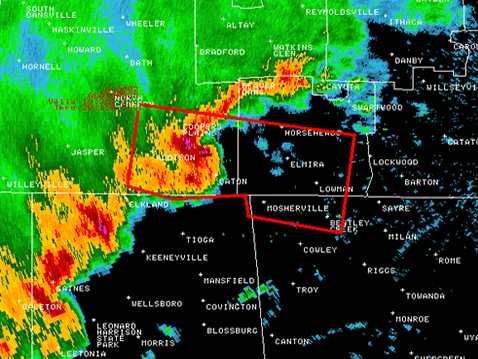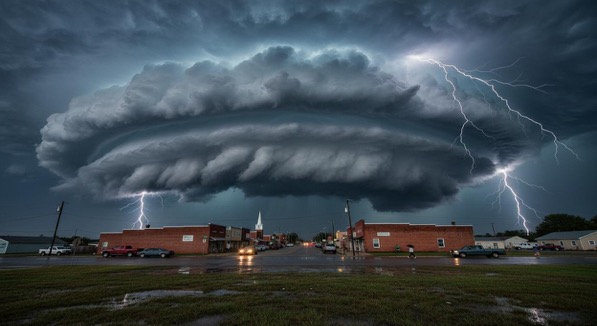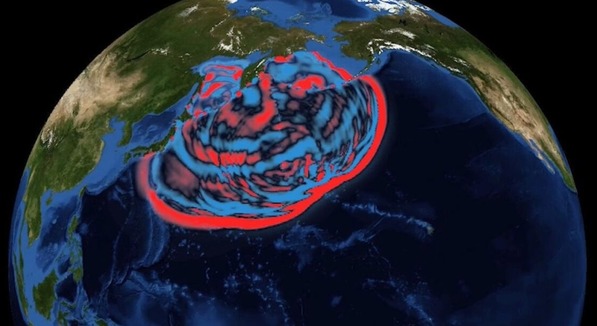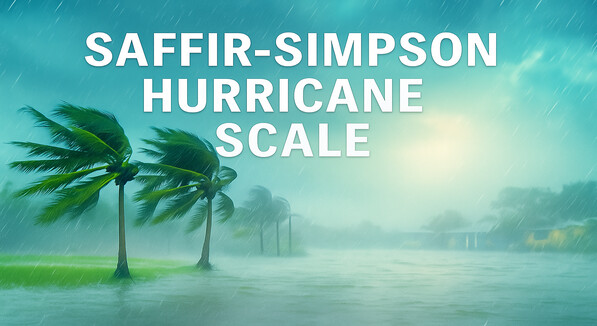The National Weather Service (NWS) is the official U.S. government agency charged with issuing severe weather watches, warnings, and advisories and is the source used by iAlert.com. When the NWS issues a “Tornado Warning” their decision is based on based on the following criteria….
Tornado Warning is Issued When:
- A tornado is reported on the ground or is indicated by weather radar
- A waterspout is headed for landfall
- A rotating wall cloud, usually one that has strong low-level rotation, is reported.
- A funnel cloud is reported.

Sample Radar Image Highlighting Tornado Location
Regardless of the criteria for which a tornado warning is issued under, a tornado warning means there is immediate danger for the warned area and those in the storm path should take cover immediately. Although it is well known that tornados are most common in the mid-west United States, called tornado ally, tornados can and do occur in all 50 states. U.S. tornado warnings are generated through the NWS Advanced Weather Interactive Processing System (AWIPS) and disseminated through various communication channels including
iAlert.com, the news media, NOAA Weather Radio, and where present Civil defense sirens are activated. A warning should not be confused with a tornado watch which indicates that conditions are favorable for the formation of tornadoes.
Related Articles:
- Understanding National Weather Service “Severe Weather Outlook”
- How tornadoes form
- Tornado facts
- Tornado Safety
- Lightning Safety
- Flood Safety
- Tornado Myths
- Lightning Myths
- Life cycle of thunderstorms
- Criteria for a tornado warning
- Criteria for a severe thunderstorm
- Difference between flood and flash flood
- Sign-up to receive real-time tornado email and text message alerts



